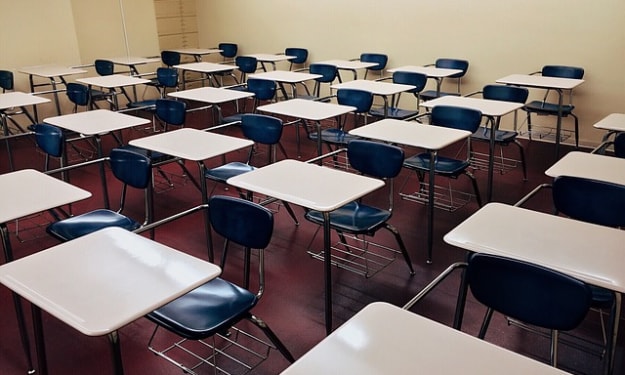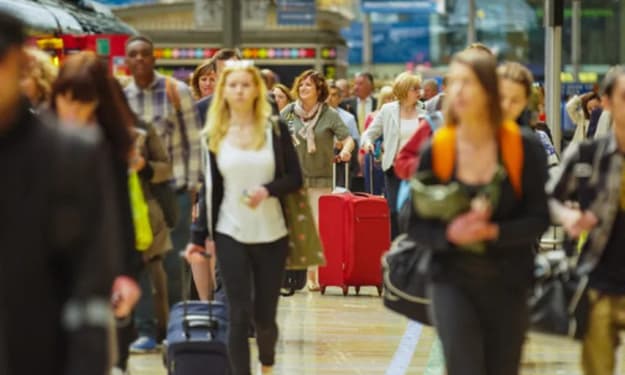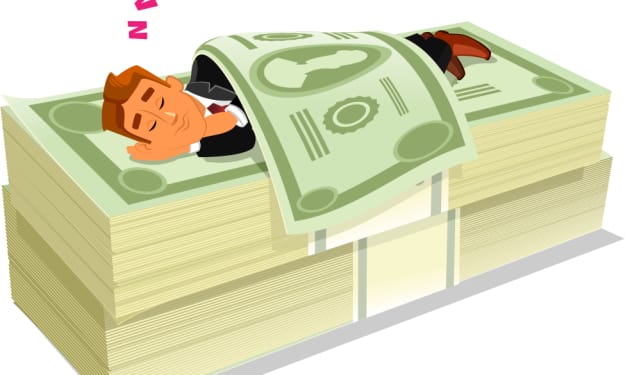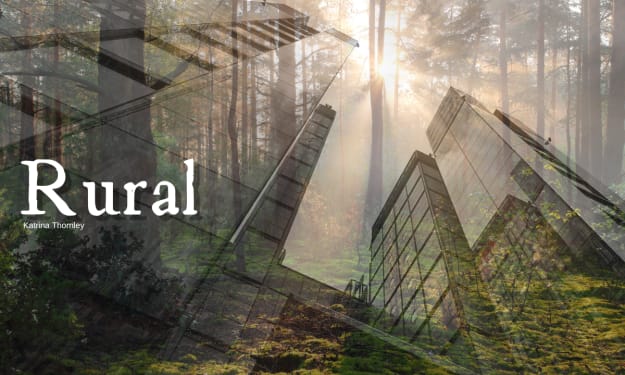
Columbus leads Europeans to explore New World
Columbus headed directly west and started the 'Geographic Revolution'. (Term on blackboard) On October 12, 1492, landed what called San Salvador - now Watling's Island in the Bahamas. After several attempts, he still believed that he failed in his goals and died in 1506. Vasco Nunez de Balboa discovered a new ocean in 1513 as he starts across the Isthmus of Panama. (The teacher shows the students or have them locate on a map the Isthmus of Panama.) Balboa is seeking gold that Indians tell him that lies in the west. He is led through a hot forest and many hardships and finally at the foot of a mountain catches a glimpse of the 'South Sea' now the Pacific Ocean.
Magellan's victorious- circles the Earth and proved that Balboa was right and in 1519 a Portuguese sailing for Spain sailed through the 'Strait of Magellan' which is the tip of South America. (Point this out on a map.) According to his observations he calls this land 'Tierra del Fuego' - 'Land of Fire'. After he passes through the strait and sails out upon the immense sea that he names it the Pacific Ocean. Why? It is so vast and calm and he sets out to prove Balboa right.
September 1522- A vessel 'Victoria' sails into a Spanish harbor. 18 men on this voyage survived out of 237 who started our from Spain three years earlier. They were the first to have sailed around the world. Magellan, the original leader, lies buried in the Philippian Islands. *This also proved Columbus voyage was true as well and gave Spain their claim to the Philippine Islands. Spain sent soldiers to conquer the Filipinos and missionaries to convert them to Christianity. Merchants to open trade and began a Spanish colony. (Through portion of the lecture you can mention that the dates are important to note as well as the places mentioned like the 'Strait of Magellan', etc.) (Now make a list of famous names on the blackboard to remember. Title of list is Explorers and Conquerors.
1. Pedro Alvares Cabral of Brazil for Portugal
2. Amerigo Vespucci a Florentine for America is named for him.
3. Ponce de Leon in 1513 a Spanish nobleman that sailed along the coast that he named Florida. He was killed my and Indian's arrow as he moved inland.
4. Hernando Cortez in 1519 for he was the explorer that wanted to conquer the Aztec Indians along with their leader Montezuma or die trying. Cortez won and received glory and gold.
5. Francisco Pizarro in 1531/35 led the expedition southward from the Isthmus of Panama and into Inca territory. He conquered the Inca's and got gold and silver when he marched over the Andes Mountains passes. This journey was near what the countries that are now Ecuador and Peru.
(The teacher could make this list a matching question on a test or write just the explorers names and ask the students what each was famous for as a review of what was gained by them. The teacher can also ask the students to go to a map and find these countries and their latitude and longitude as a brief geography lesson.)
On with the lecture Cortez and Pizarro voyages gave the Spaniards control of the strategic parts of Mexico, Central America and South America. All these areas and voyages make Spain the wealthiest and the most powerful nation in Europe.
Exploring southward
A word to add to a vocabulary list is the word 'conquistadores' or 'conquerors'. There is one named Hernando de Soto and another one named Francisco Vasquez de Coronado for their own fame and fortune. (The teacher will write their names on the blackboard along with these dates: 1539, 1540, 1541.
In 1539, DeSoto in 'golden armor and leader "Father of Water". Ask why? Discovered the Mississippi River in the Southwestern part of the US now in the heart of the New World. He died in 1542 and his followers weighted his body and lowered his body down into the muddy water of the Mississippi River.
In 1540, Coronado was hoping to find the 'Seven Cities of Ciliala' in search of what could be many treasures. One of Coronado's lieutenants discovered the Grand Canyon of the Colorado River and not finding treasure he was able to march eastward into the panhandle of Texas and the eastern part of Kansas.
England stakes a claim
In 1497, John Cabot an Italian sea captain commissioned by King Henry VII and his voyage was the coasts of what are now Newfoundland, Nova Scotia, and New England. Cabot was rewarded 10 pounds and an annual pension of 20 pounds from King Henry of England and now England has a large part of the North American continent.
France enters the Contest
The explorer Giovanni da Verrazano and Jacques Cartier (write these names on blackboard) with these reasons:
Verrazano in 1524 searched for a water route through America to Asia. His explorations added to man's knowledge of the world and gave the French their first claim to new lands over seas. 10 years later in 1534 Cartier is the first of three voyages to lands across the Atlantic. On the blackboard write #1 explored the Gulf of Lawrence. #2 and #3 explored the St. Lawrence River as far as the present site of Montreal and tried to build a colony not far from where Quebec stands now and was not a success, but this did strengthen French claims to what is now Canada.
On the blackboard, the teacher will write 'In 50 years these countries (list the countries)
Spain
Portugal
England
France
All succeeded in one way and even with the failure, the new world became more.
(Some of the behavioral objectives that a new teacher or seasoned teacher could use are:
Cognitive: The student will read and research ideas that will bring about new knowledge of who and how areas were discovered in the New World.
Affective: The student will begin to get an understanding of who and how the new world was organized.
Psychomotor: The student will write notes/outlines/summaries in learning how the New World was founded.
Some learning outcomes
The student will read about the various explorers of the new world.
The student will be able to find the various discoveries on a world map along with the latitude and longitude of each discovery and the locations of Spain, Portugal, England, Italy, France, and the other countries with the sites mentioned.
To be continued
About the Creator
Mark Graham
I am a person who really likes to read and write and to share what I learned with all my education. My page will mainly be book reviews and critiques of old and new books that I have read and will read. There will also be other bits, too.
Enjoyed the story? Support the Creator.
Subscribe for free to receive all their stories in your feed. You could also pledge your support or give them a one-off tip, letting them know you appreciate their work.






Comments
There are no comments for this story
Be the first to respond and start the conversation.